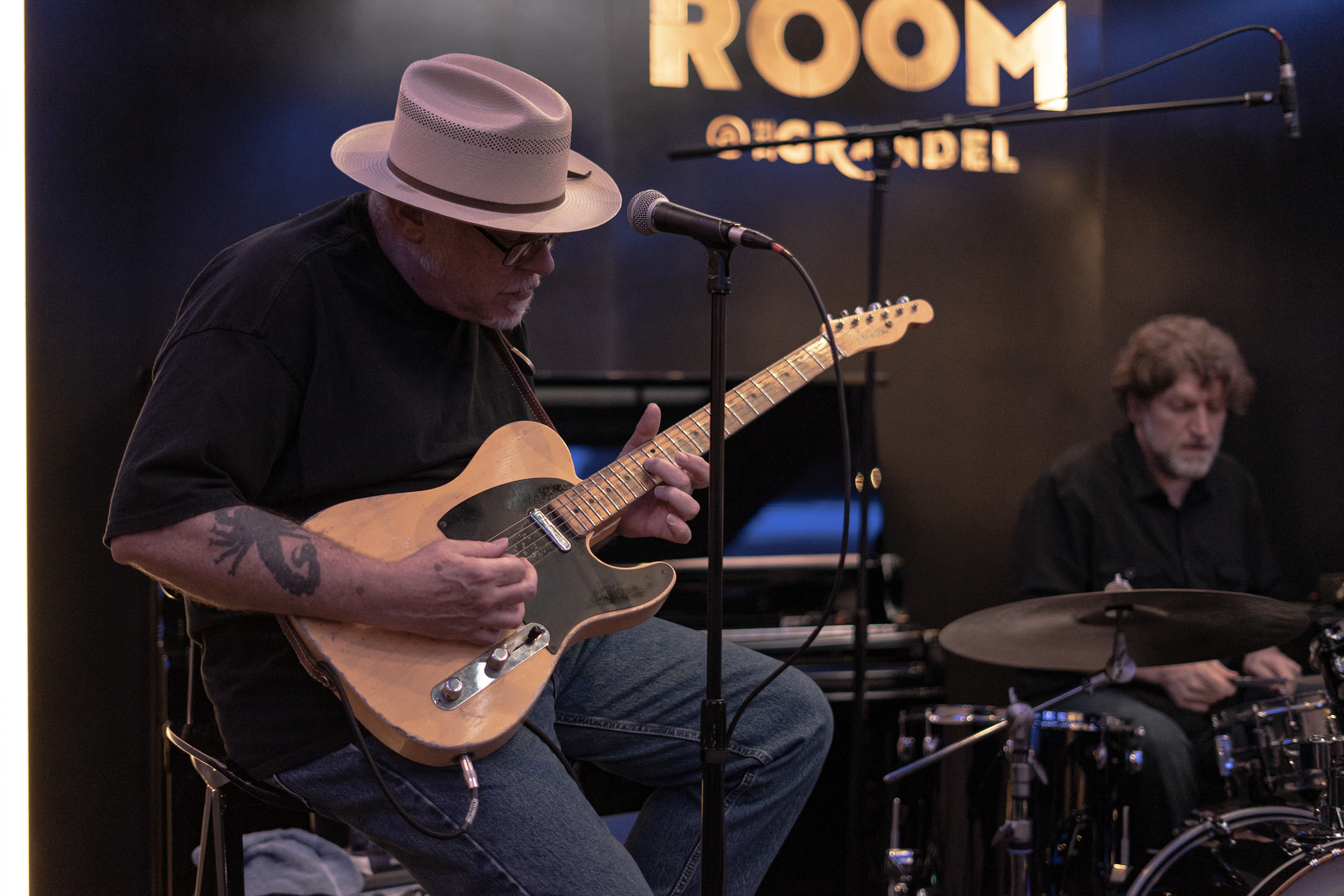
By Nancy Kranzberg
Now that the St. Louis Blues hockey team has claimed the Stanley Cup and Blues fever has finally died down, we can concentrate on the musical genre called the blues which has had a presence in our fair city for ages.
The blues experience and culture began down South in the late 19th century and gradually moved up to St. Louis and Kansas City and Chicago throughout the years. Blues and Jazz musicians left the South in a mass exodus up Highway 61 so named “the blues highway” in the early 1900s.
In the old days when the hockey players made an entrance on to the ice rink, the organist would pound out the famous “St. Louis Blues” which is a popular American song composed by W.C. Handy in the Blues style and published in 1914. It was one of the first blues songs to succeed as a pop song and actually is a standard performed by jazz musicians. Louis Armstrong, Bing Crosby, Bessie Smith, and even The Boston Pops Orchestra are among the artists that recorded it. Actually, there are known to be over 1,400 recordings of the “St. Louis Blues.”
I’ve often wondered why jazz and blues are discussed in the same vein and checked it out on “Diffen,” the largest collection of unbiased comparisons in the world. The comparison starts saying, “An inside joke in the jazz and blues circles goes, ‘A blues guitarist plays three chords in front of thousands of people, and a jazz guitarist plays thousands of chords in front of three people.” Culturally both jazz and blues had their origins in the South. Blues stylistic origins are from African-American folk music and work songs and spirituals and jazz is a mix of African and European music traditions. The comparisons go on and on, but there seem to be more similarities than differences.
St. Louis was home to Chuck Berry, who although he had a mixture of styles was certainly mostly influenced by the blues and his friend, Johnny Johnson who played the blues on the piano. Of course, Berry’s style and flamboyancy had an impact on the world of music, but we did have other local greats such as Henry Townsend and Roosevelt Sykes who were stalwarts in prestigious circles.
And now we can hear blues every Tuesday night at The Dark Room brought to us by the St. Louis Blues Society, a thirty-year-old club which promotes and supports the blues and provides educational programming in schools and deals with such issues as race in music, advocation for artists, and preservation of the St. Louis Blue’s Legacy. There are over 60 artists involved in the Society.
Let’s not forget the National Blues Museum located in downtown St. Louis which has visitors from around the world, has many public programs, and presents national exhibitions along with the permanent exhibitions. Live music is also presented four times a week in the Lumiere Place Legends Room. The museum takes pride in its commitment to cultural equity.
And Chris Hansen, Executive Director of the Kranzberg Arts Foundation, said that in 2020 a new blues space will open in Grand Center which will house the St. Louis Blues Society, have an artist-in-residence program, and more.
All the head honchos of the Blues organizations are thrilled and working together to bring The Blues in its many varieties to St. Louisans and others.

